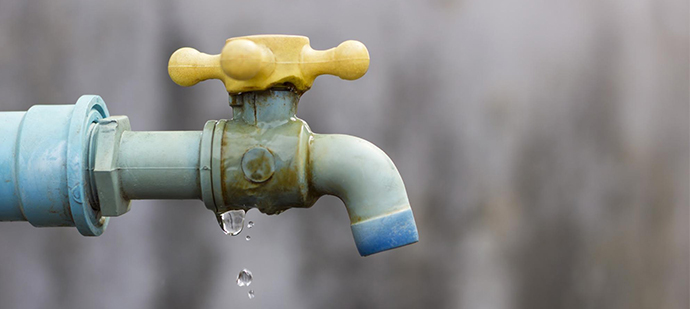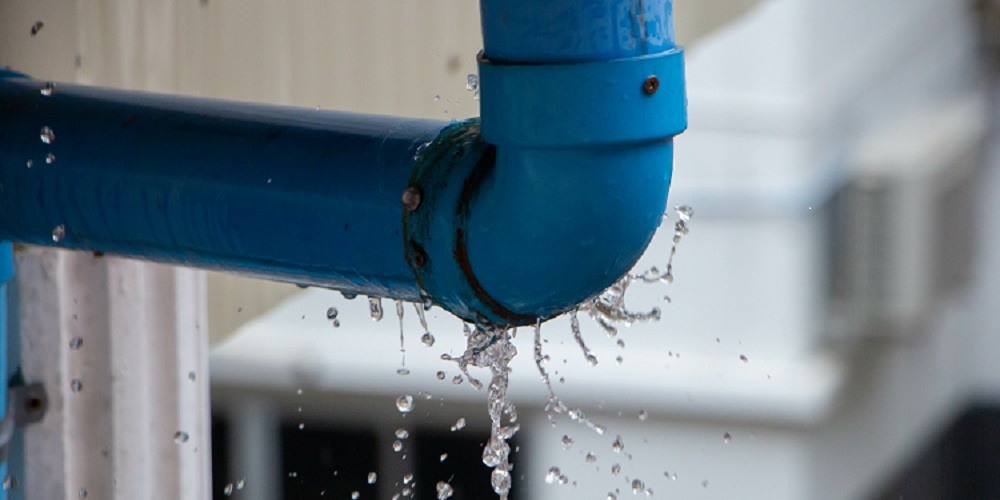6 Ways to Locate Concealed Water Leaks in Your Home
6 Ways to Locate Concealed Water Leaks in Your Home
Blog Article
The publisher is making a number of good pointers on Top leak detection hacks in general in this great article further down.

Early detection of leaking water lines can minimize a possible catastrophe. Some little water leaks might not be visible.
1. Examine the Water Meter
Inspecting it is a proven means that helps you find leaks. If it relocates, that suggests a fast-moving leakage. This implies you may have a slow-moving leak that might also be underground.
2. Inspect Water Intake
Evaluate your water expenses and also track your water consumption. As the one paying it, you must see if there are any inconsistencies. If you find sudden changes, regardless of your usage being the same, it suggests that you have leakages in your plumbing system. Bear in mind, your water expense need to drop under the exact same variety monthly. A sudden spike in your expense shows a fast-moving leakage.
A stable boost every month, even with the same routines, shows you have a slow leak that's additionally gradually rising. Call a plumber to extensively inspect your residential or commercial property, especially if you feel a cozy location on your flooring with piping below.
3. Do a Food Coloring Test
When it comes to water consumption, 30% comes from toilets. If the color somehow infiltrates your dish throughout that time without flushing, there's a leak between the storage tank and dish.
4. Asses Outside Lines
Do not fail to remember to check your outside water lines as well. Test faucets by attaching a garden hose pipe. Must water permeate out of the connection, you have a loose rubber gasket. Replace this and make sure all links are limited. It will help get it skillfully checked out and maintained each year if you've got a lawn sprinkler system. One small leakage can squander tons of water as well as increase your water costs.
5. Examine the situation and evaluate
Homeowners need to make it a routine to check under the sink counters and also even inside cupboards for any bad odor or mold and mildew growth. These 2 warnings indicate a leakage so prompt interest is called for. Doing routine examinations, even bi-annually, can save you from a significant problem.
A lot more notably, if you know your house is currently old, keep a watchful eye on your heating units, pipes, pipelines and so on. Check for discolorations as well as weakening as a lot of pipes and also home appliances have a life expectancy. They will also normally deteriorate due to tear and also use. If you think leaking water lines in your plumbing system, do not wait on it to escalate. Call an expert plumber as soon as possible so you don't wind up with a dreadful mess in your house.
Early detection of dripping water lines can minimize a potential catastrophe. Some small water leakages might not be visible. Checking it is a guaranteed method that aids you uncover leakages. One small leakage can throw away loads of water as well as surge your water expense.
If you think leaking water lines in your plumbing system, don't wait for it to intensify.
How to Know If Your Home Has a Hidden Leak
Water Meter Reveals Inexplicable Water Usage
If you’d like to test whether or not there’s a leak somewhere in your home, you can do this using your water meter. Here is how to conduct the test:
Don’t use any water in your home for at least 30 minutes; this also means not turning on faucets or water-using appliances.
Go outside, and check your water meter for activity.
If your water meter shows that there was activity, even though no one was using any water, this proves that there is a leak in your home.Visible Mold or Mildew Growth
Leaks behind walls create moist, dark environments that allow mold and mildew to grow and thrive. Eventually, you might see mold growth forming on the wall closest to a hidden leak.
If mold is growing in an area that receives a high amount of moisture, such as a bathroom, it may simply be an indication that better ventilation is needed. However, if you see mold growth on a wall or the ceiling in an area where you would not expect, you probably have a hidden leak.
Musty, Mildew Odor
Sometimes you might not be able to see the mold or mildew that is growing as a result of a leak. However, the smell can give the problem away just as easily. If you catch a whiff of something musty, there’s a good chance that old water is collecting somewhere in your home that you can’t see.
Stained/Warped Walls, Ceilings, or Floors
When your home soaks up water, a variety of red flags can become visible, including ceiling stains, bubbling drywall, warped walls, and sagging floors. While these issues can be caused by excess humidity, they can also be signs that a pipe or plumbing connection has started leaking behind your walls.
Inexplicably High Water Bill
After a while, you get a general sense for what your water bill should be. If you own a pool or sprinkler system, your bill will tend to be higher during summer. However, if you receive a water bill that seems especially high, and you can’t figure out what caused it, then you may have a hidden leak somewhere that’s increasing your bill.
https://www.plumbingjoint.com/blog/2019/july/how-to-know-if-your-home-has-a-hidden-leak/

I discovered that review on Top leak detection hacks while doing a lookup on the web. Are you aware of someone else who is occupied with the topic? Feel free to promote it. Thank you for taking the time to read it.
Report this page